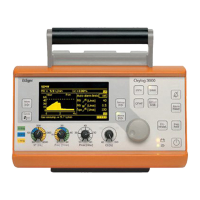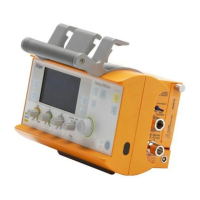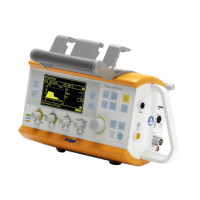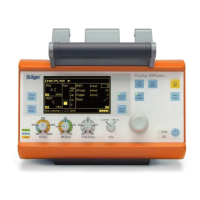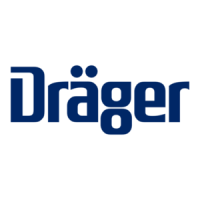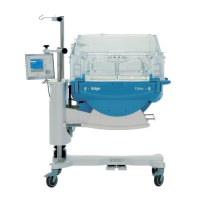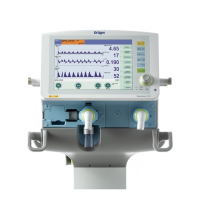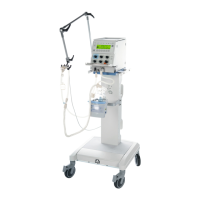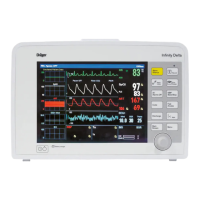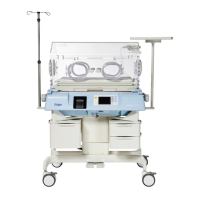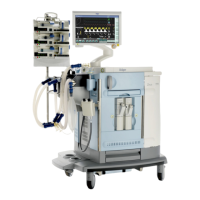114 Instructions for use | Oxylog VE300 SW 1.n
Technical data
15.5 Performance data
Trigger sensitivity
(pressure trigger)
Off or 3 to 15 steps
Pressure support ∆Psupp 0 to 35 mbar (0 to 35 cmH
2O)
(relative to PEEP)
Pressure rise time for pressure support slow (1 s), standard (0.4 s), fast (<0.4 s)
Control principle Time-cycled, volume-constant,
pressure-supported
Maximum inspiratory flow
100 L/min
1)
Compliance of the device
with breathing hose,
1.5 m
<1.5 mL/mbar (1.5 mL/cmH
2O)
with breathing hose,
3.0 m
<2 mL/mbar (2 mL/cmH
2O)
Inspiratory resistance with breathing circuit
Adult ≤5 mbar (5 cmH
2O) at 60 L/min
Child ≤3 mbar (3 cmH
2O) at 30 L/min
Expiratory resistance with breathing circuit
Adult ≤6 mbar (6 cmH
2O) at 60 L/min
Child ≤4 mbar (4 cmH
2O) at 30 L/min
Inspiratory resistance during device failure
Adult ≤6 mbar (6 cmH
2O) at 30 L/min
Child ≤4 mbar (4 cmH
2O) at 15 L/min
Expiratory resistance during device failure
Adult ≤4 mbar (4 cmH
2O) at 30 L/min
Child ≤3 mbar (3 cmH
2O) at 15 L/min
Dead space including flow sensor, but excluding
accessories such as filter, HMEs and CO
2 cuvette
approx. 35 mL (reusable breathing circuit for
adults)
2)
approx. 35 mL (disposable breathing circuit for
adults)
2)
Dead space of CO2 cuvette approx. 4 mL
Resistance of CO
2 cuvette <1.2 mbar (<1.2 cmH2O) at 60 L/min
≤0.4 mbar (≤0.4 cmH
2O) at 30 L/min
Supplementary functions
Emergency air valve Opens the breathing system upon failure of the
gas supply, permits spontaneous breathing with
ambient air
Safety valve Opens the breathing system in the event of
device malfunction to approximately 80 mbar
(80 cmH
2O)
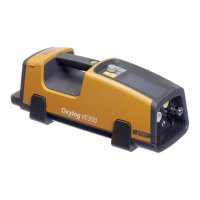
